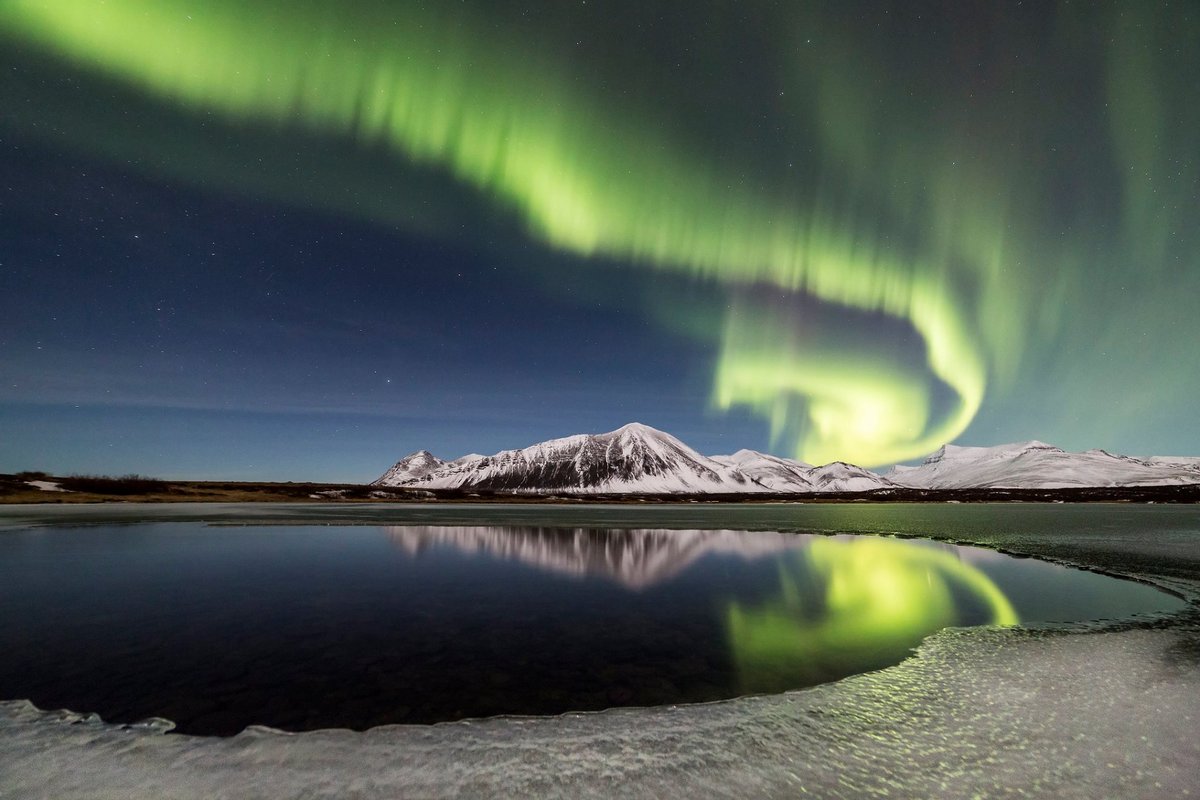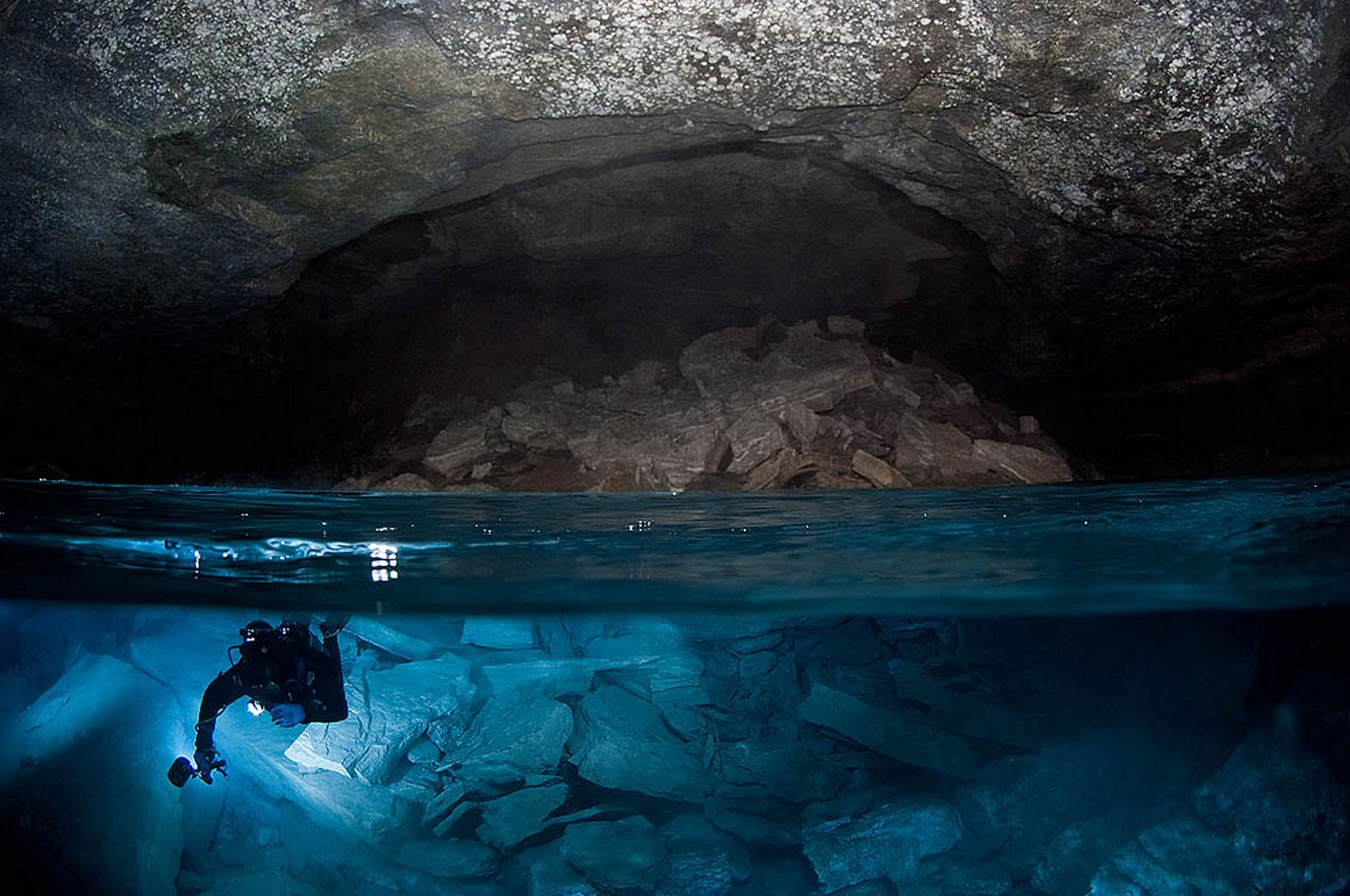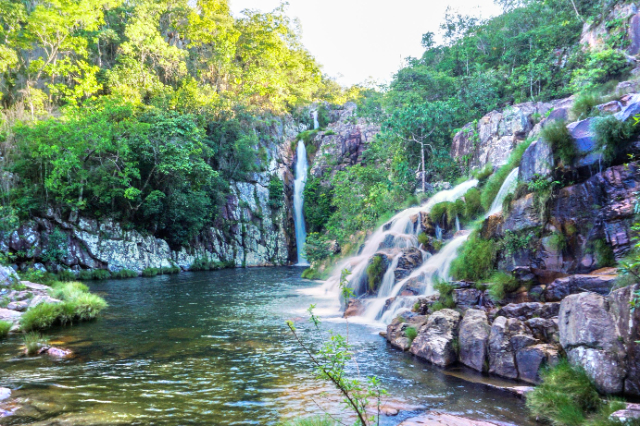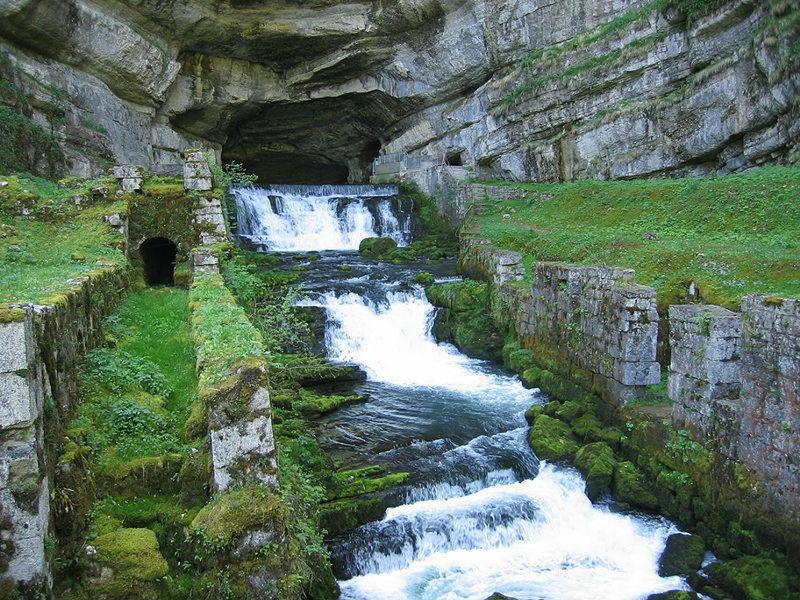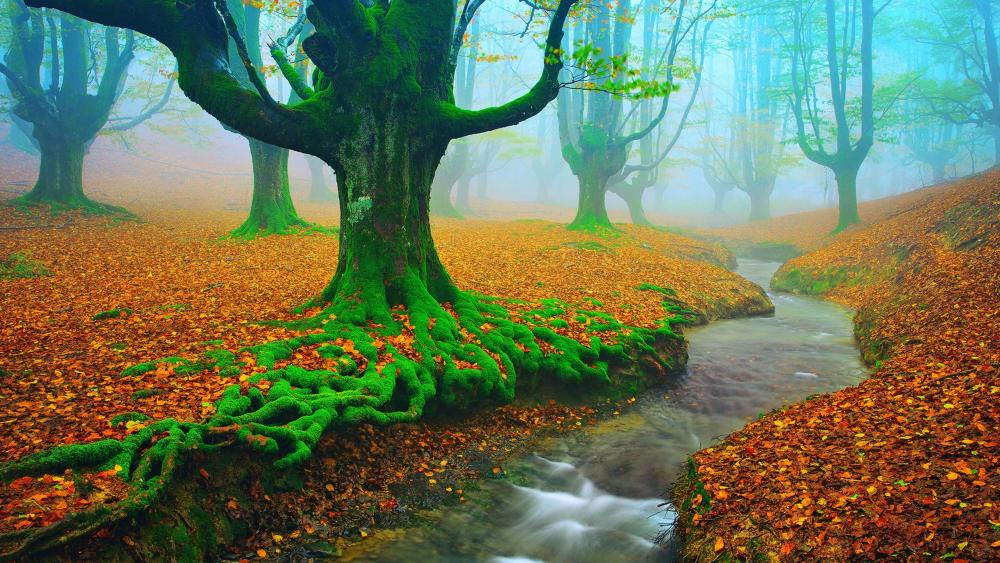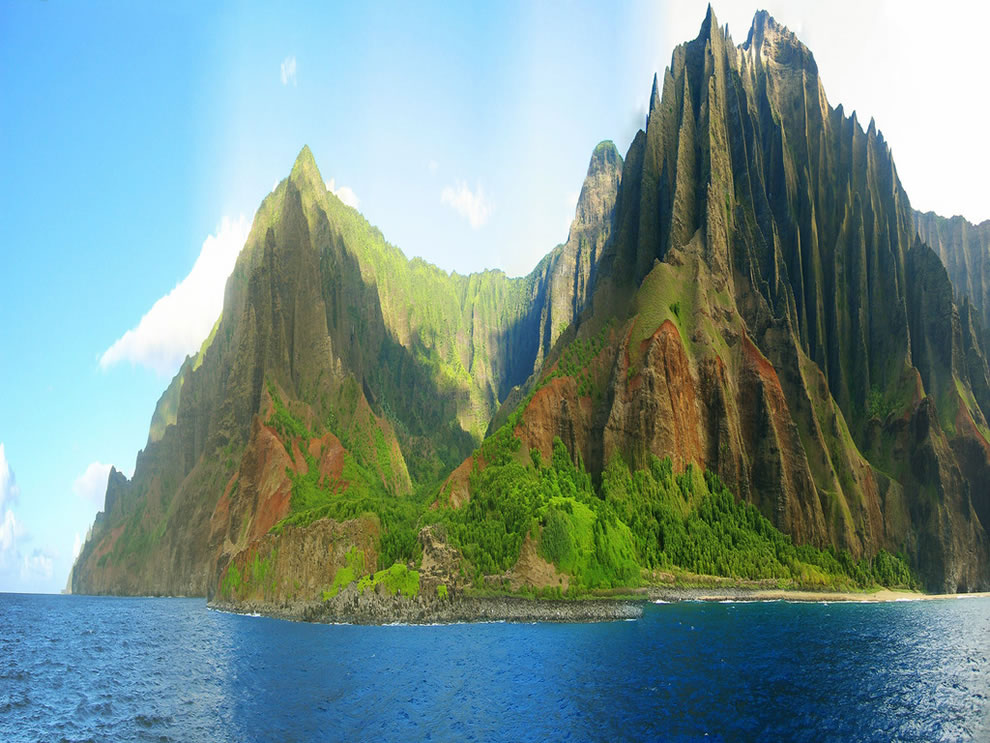The Aurora Borealis, or Northern Lights, is one of nature’s most spectacular phenomena and is especially breathtaking in Iceland due to the country’s ideal geographical position near the Arctic Circle. This stunning display of celestial fireworks occurs when electrically charged particles from the sun enter the Earth’s atmosphere and collide with gases such as oxygen and nitrogen.
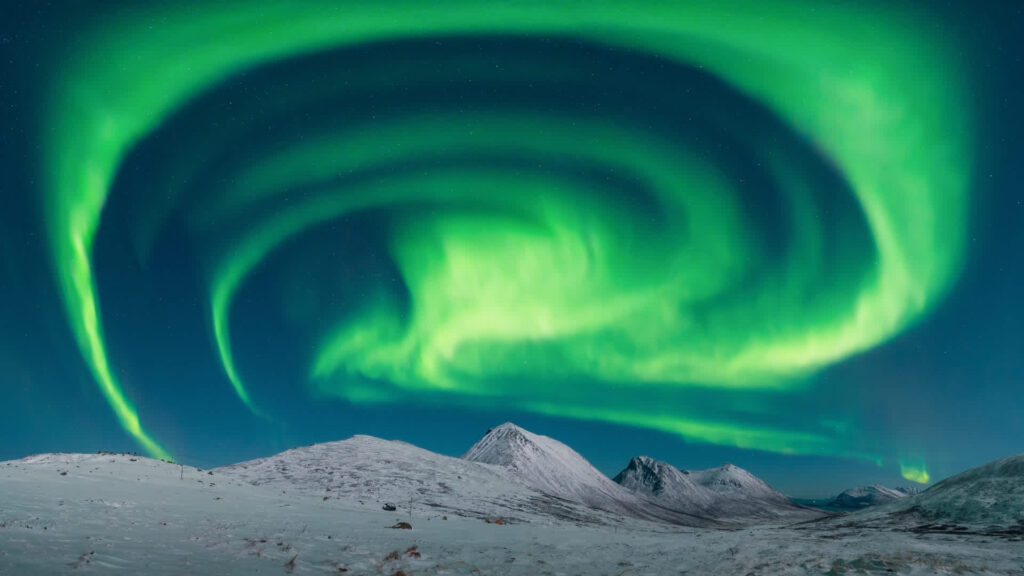
Best Time to View
In Iceland, the best time to experience the Aurora Borealis is from late September to early April. These months provide the dark skies necessary to see the lights clearly. The auroras can typically be seen on clear nights when there is little to no light pollution. While they can appear at any time after dark, the most common time to witness this magical display is between 10 PM and 2 AM.
Best Locations
Iceland offers numerous spots renowned for their unobstructed and breathtaking views of the Northern Lights:
- Þingvellir National Park: Located about 45 minutes from Reykjavik, this park is not only a site of historical and cultural significance but also offers a dark, expansive sky perfect for aurora viewing.
- Vik: This small town on the south coast provides dramatic backdrops with its black sand beaches and iconic rock formations.
- Jökulsárlón Glacier Lagoon: The icebergs and the serene water surface reflect the auroras, creating a double spectacle.
- The Westfjords: This remote area is less frequented by tourists and offers dark skies and incredible landscapes.
- Reykjavik: For those who prefer not to stray far from the comfort of the city, several spots around Reykjavik can also provide views of the auroras, such as Grótta lighthouse.

Viewing Tips
- Check the Weather: The ideal conditions are cold, clear nights. Cloud cover can obstruct the view of the Northern Lights, so it’s crucial to monitor the weather.
- Aurora Forecast: The Icelandic Meteorological Office provides forecasts about the likelihood of seeing the Northern Lights, taking into account solar activity and cloud cover.
- Be Patient: Viewing the auroras often requires patience. It might take several hours of waiting in the cold, so it’s important to dress warmly and be prepared.
Photography Tips
- Use a DSLR camera capable of manual settings.
- Tripod: Necessary for stability during long exposures.
- Wide-angle lens: Captures a broader view of the sky and landscape.
- Manual Focus: Set your lens to manual focus and adjust to infinity.
- Long Exposure: Start with a 15-20 second exposure and adjust as necessary depending on the aurora’s intensity.

Viewing the Aurora Borealis in Iceland is not just a visual experience; it’s an unforgettable encounter with nature’s grandeur. For those planning to witness this natural marvel, comprehensive travel guides like Secret World offer valuable tips and insights on making the most of your Northern Lights adventure.

For a deeper exploration of Iceland and its natural phenomena, this comprehensive guide can enrich your travel planning and enhance your overall experience.

